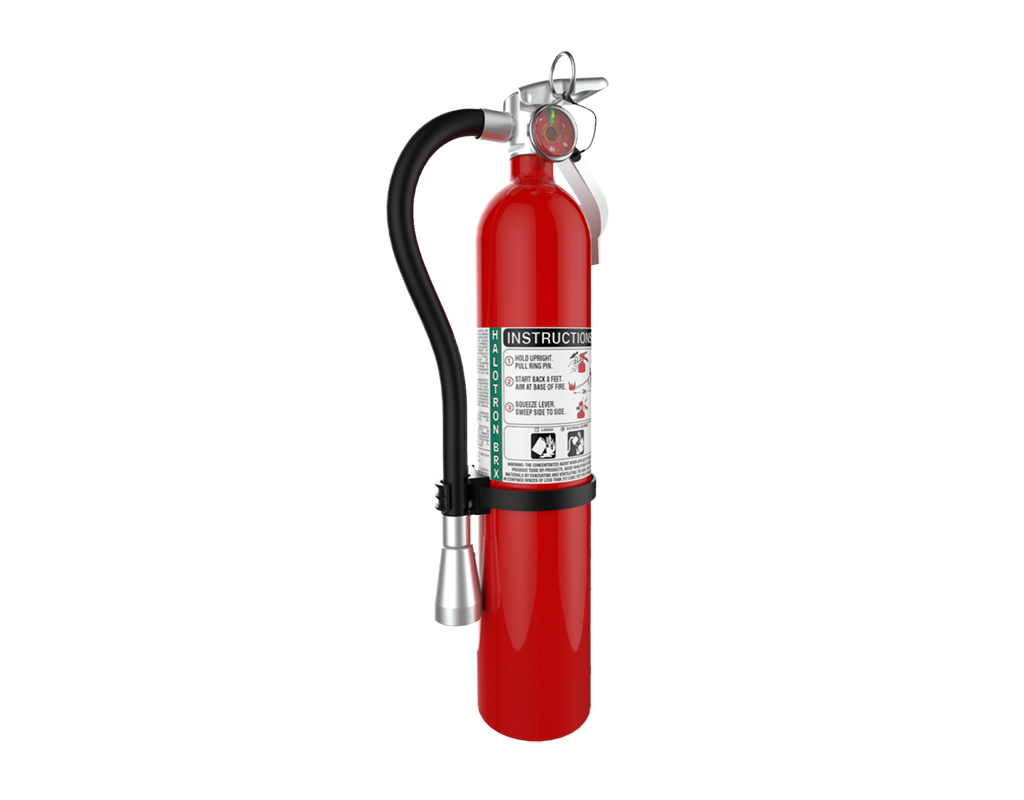
CASP Aerospace of Montreal has teamed with Alabama-based Amerex to deliver the CASP model 375H673, a drop-in solution that not only meets all regulatory and environmental requirements, but mates with a fully compatible mounting bracket featuring the same mounting hole pattern as the Halon 1211 units (100-9750 & 30H673) it is replacing.
Best of all, the clean agent 375H673 portable fire extinguisher is UL certified, in production, and available today.
Realizing the pressing need for this product, CASP Aerospace—which has serviced commercial and military aviation fire extinguishers of all types since 1988—worked with Amerex to ensure the 375H673 meets or exceeds the requirements for aviation operations.
“CASP had the ability to come up with a solution for not only the extinguisher but also design & manufacture a 16G rated bracket that has a compatible hole pattern with the prior model extinguishers B722538 bracket,” said Alan Templeton, President & General Manager of CASP Aerospace.
“The new unit weighs less than other Halon alternative extinguishers with hose and is easy to carry. The flexible hose attachment allows users to aim directly at fires in hard-to-reach places, such as inside overhead bins or under seats. Other 2-BTP filled extinguishers are only available with a nozzle attachment, so the 375H673 fills the gap. Many aircraft are certified with a hose style extinguisher and the 375H673 is a perfect replacement” continued Alan.
With an ozone depletion potential near zero and a short seven-day atmospheric lifespan, Halotron BrX is the clear winner in the race to replace halon.
“Many directors of maintenance, design engineers for airlines and OEMs have asked us for a hose style replacement unit, and it is finally here. The 375H673 is suitable for installation on new aircraft or as a retrofit,” explained Alan Templeton.
Background
For decades, halogenated hydrocarbon (halon) was the firefighting agent of choice in aircraft flight decks, passenger cabins, lavatories, and cargo hold. Halon offered reliable performance at extreme temperatures, high altitudes, and while subjected to excessive vibration. It left no harmful residue on sensitive aircraft electronics, fluids, metals, and composites, and was lightweight and effective on different types of fires.
Halon was a tough act to follow – that is, until it was identified as an ozone depleting substance.
Under the Montreal Protocol, halon production has been banned since 1994. With the global supply diminishing, the aviation industry has been working hard to find an effective replacement, which the U.S. Federal Aviation Administration (FAA) says must perform as well or better than halon, with a toxicity rating that is equal or less, with a favourable environmental impact.
Despite the pressing need for a halon replacement, it took more than 20 years to develop a suitable candidate: Halotron BrX.
Now, there is an approved alternative available for immediate installation on new aircraft and as a retrofit unit for older aircraft originally equipped with halon fire extinguishers.



